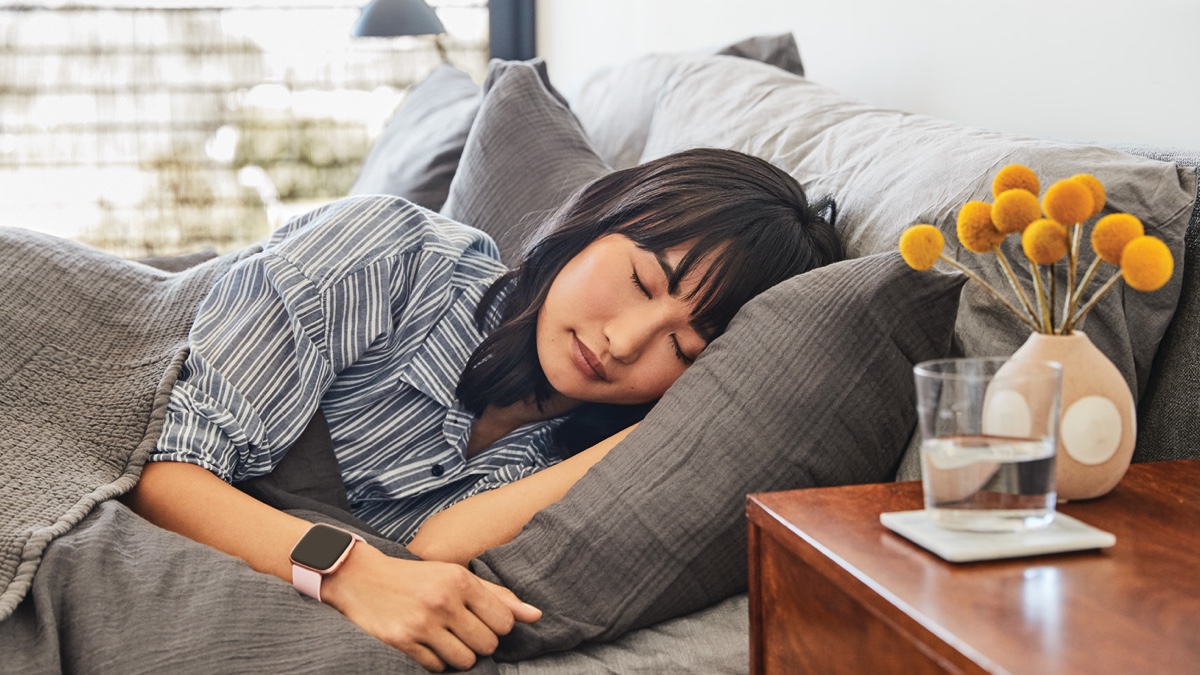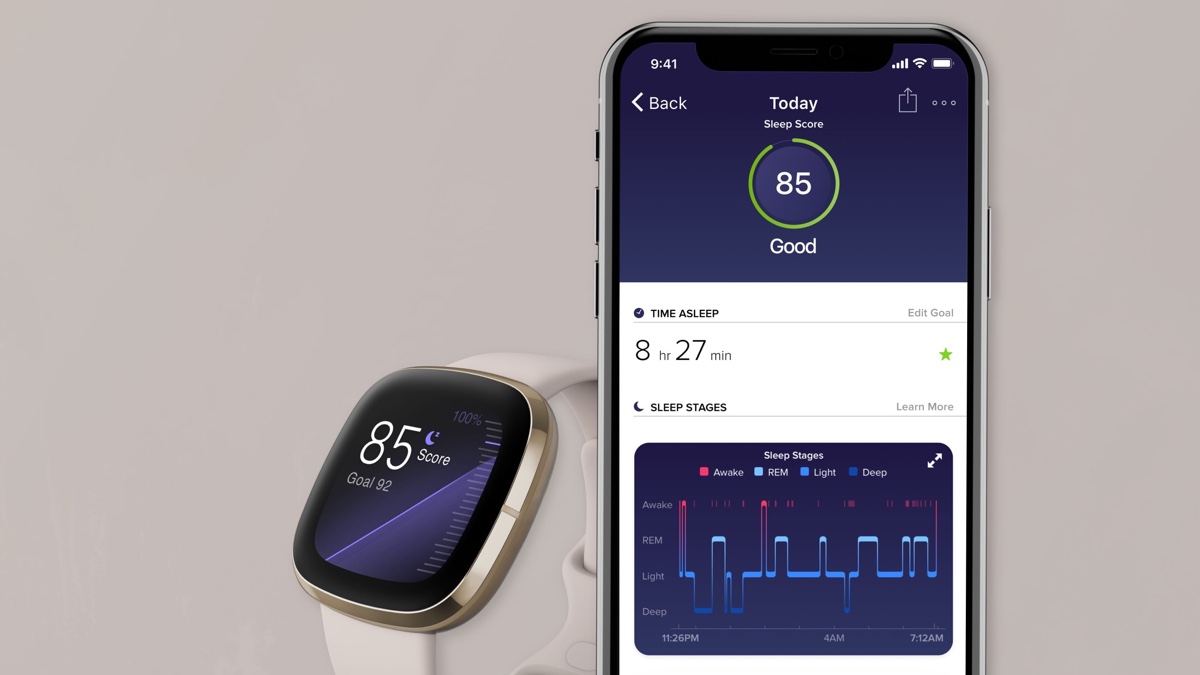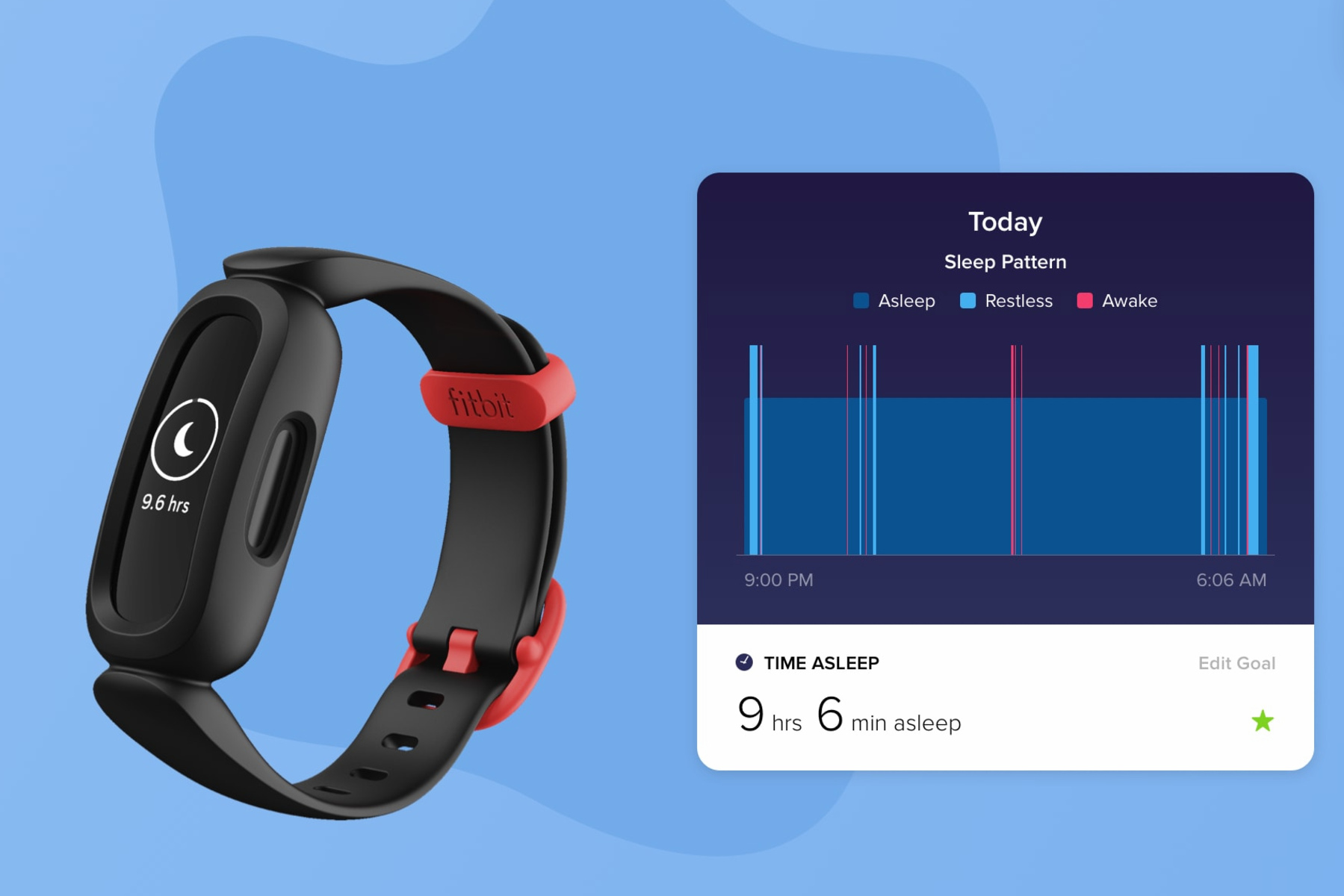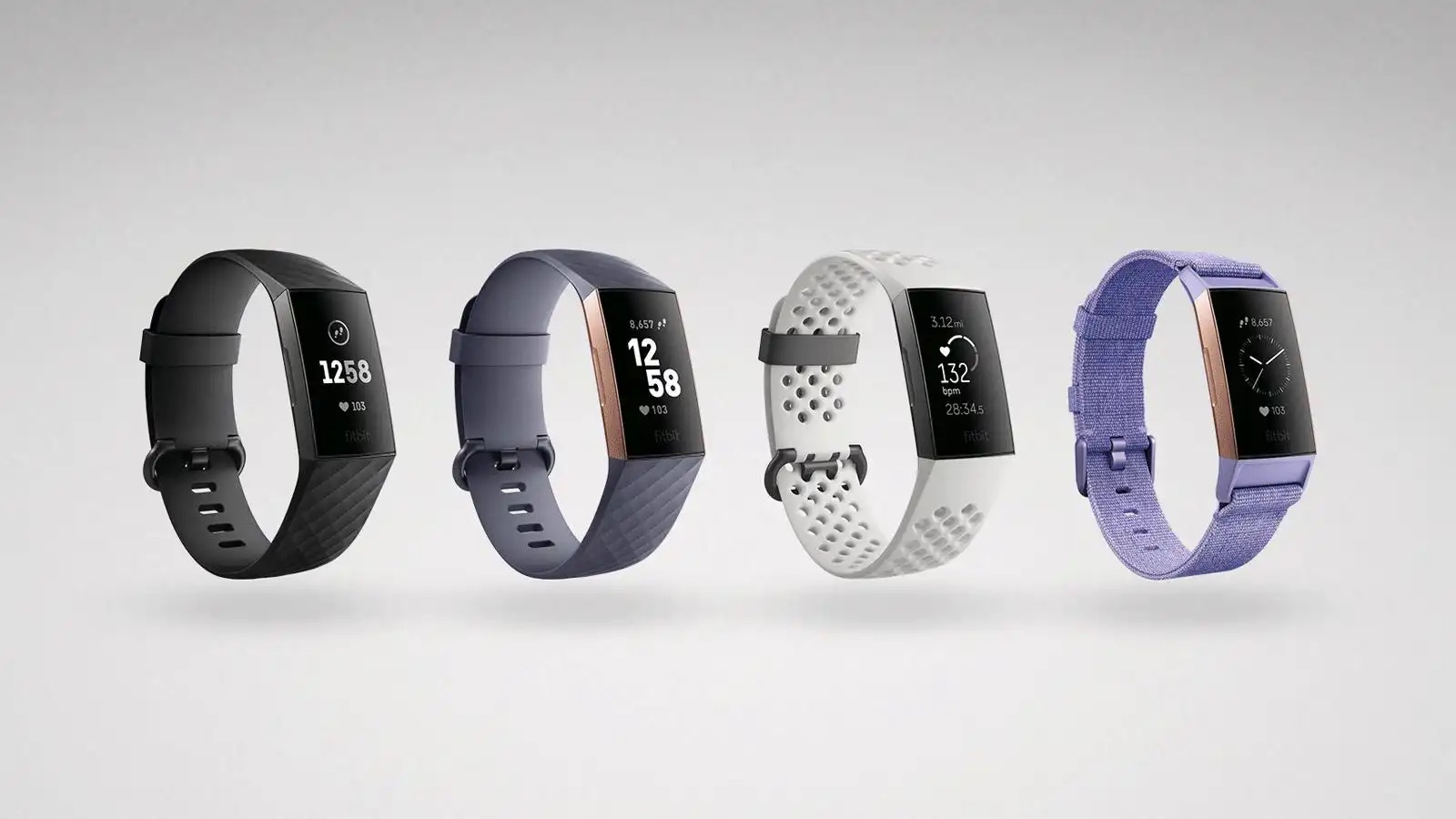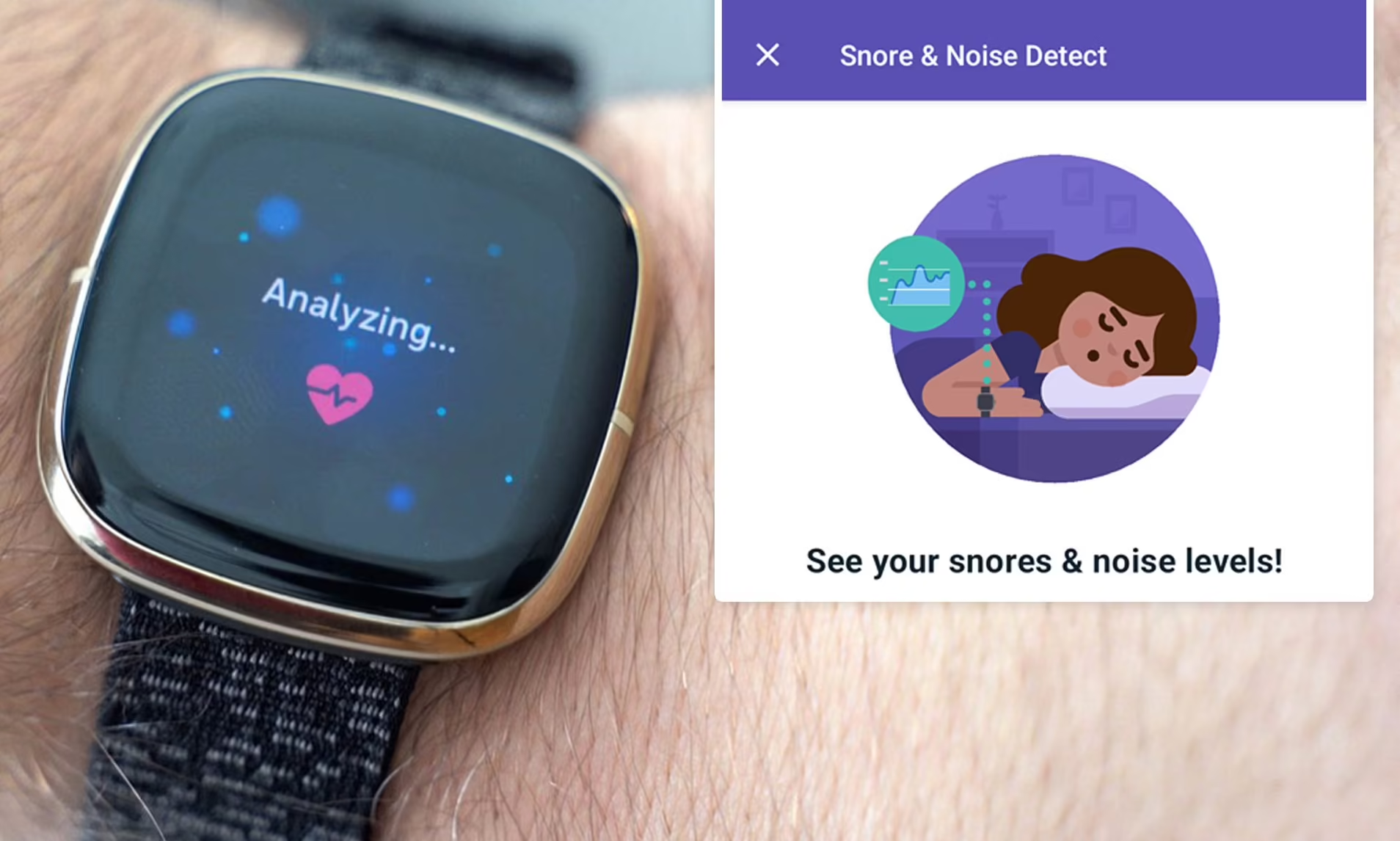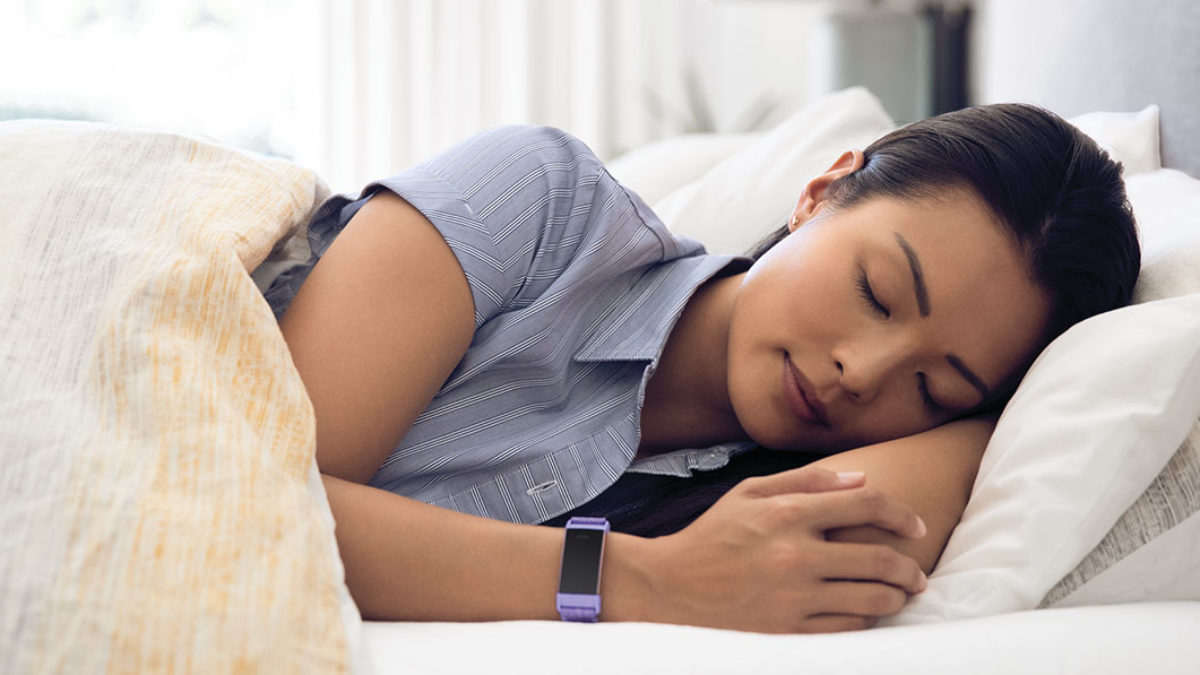What is Sleep Apnea?
Sleep apnea is a common yet potentially serious sleep disorder that affects millions of people worldwide. It is characterized by pauses in breathing or shallow breathing during sleep. These interruptions in breathing can occur multiple times throughout the night, leading to disrupted sleep patterns and a range of associated health issues.
There are three primary types of sleep apnea:
-
Obstructive Sleep Apnea (OSA): This is the most prevalent form of sleep apnea and is caused by the relaxation of the throat muscles, leading to a blocked airway.
-
Central Sleep Apnea (CSA): In this type, the brain fails to transmit signals to the muscles that control breathing.
-
Complex Sleep Apnea Syndrome: Also known as treatment-emergent central sleep apnea, this type involves a combination of both obstructive and central sleep apnea.
Common symptoms of sleep apnea include loud snoring, gasping for air during sleep, morning headaches, excessive daytime sleepiness, irritability, and difficulty concentrating.
Undiagnosed and untreated sleep apnea can have serious consequences, including an increased risk of high blood pressure, heart disease, stroke, diabetes, and accidents due to impaired cognitive function and excessive daytime drowsiness.
Understanding sleep apnea is crucial for individuals to recognize the symptoms and seek appropriate medical attention. With advancements in wearable technology, such as Fitbit devices, individuals now have the opportunity to monitor their sleep patterns and potentially identify signs of sleep apnea from the comfort of their homes.
By leveraging Fitbit's sleep tracking capabilities, users can gain valuable insights into their sleep quality and patterns, including potential indicators of sleep apnea. This proactive approach to monitoring sleep health can empower individuals to take proactive steps towards seeking a professional diagnosis and receiving the necessary treatment for sleep apnea.
How Does Fitbit Track Sleep Apnea Data?
Fitbit utilizes a combination of sensors and algorithms to track sleep apnea data, offering users valuable insights into their sleep patterns and potential indicators of sleep apnea. Fitbit devices, equipped with advanced sensors, monitor various physiological parameters during sleep, including heart rate, breathing patterns, and movement. These data points are then processed using sophisticated algorithms to provide a comprehensive analysis of sleep quality and potential sleep disturbances, such as sleep apnea.
Fitbit's heart rate monitoring feature plays a crucial role in detecting potential signs of sleep apnea. During sleep, the device continuously tracks the user's heart rate, detecting any irregularities or fluctuations that may indicate disruptions in breathing patterns. By analyzing these fluctuations in conjunction with other sleep metrics, such as movement and sleep stages, Fitbit can identify potential instances of interrupted breathing characteristic of sleep apnea.
Furthermore, Fitbit's advanced sleep tracking algorithms are designed to recognize patterns associated with sleep apnea, such as periods of shallow breathing or abrupt changes in heart rate during sleep. These patterns are then translated into actionable insights for users, providing them with a comprehensive overview of their sleep health and potential indicators of sleep apnea.
Fitbit's ability to track sleep apnea data is a testament to the integration of cutting-edge sensor technology and advanced data analytics. By leveraging these capabilities, users can proactively monitor their sleep health and, when necessary, seek professional medical guidance for further evaluation and diagnosis.
In summary, Fitbit tracks sleep apnea data through continuous monitoring of physiological parameters, including heart rate, breathing patterns, and movement, and utilizes advanced algorithms to analyze these data points. This holistic approach enables Fitbit users to gain valuable insights into their sleep quality and potential indicators of sleep apnea, empowering them to take proactive steps towards addressing potential sleep disturbances and prioritizing their overall sleep health.
Interpreting Sleep Apnea Data on Fitbit
Interpreting sleep apnea data on Fitbit involves a comprehensive analysis of the information provided by the device, offering valuable insights into sleep patterns and potential indicators of sleep apnea. Fitbit's sleep tracking capabilities enable users to access detailed data regarding their sleep quality, duration, and disturbances, including potential signs of sleep apnea.
Upon reviewing the sleep apnea data on Fitbit, users can observe patterns in their breathing, heart rate, and movement during sleep. These patterns are instrumental in identifying potential indicators of sleep apnea, such as irregular breathing or fluctuations in heart rate that may coincide with periods of disrupted breathing.
Fitbit presents sleep apnea data in a user-friendly format, often accompanied by visual representations and detailed breakdowns of various sleep stages and disturbances. Users can access information regarding their time spent in different sleep stages, including light, deep, and REM sleep, providing a comprehensive overview of their sleep architecture. Additionally, users can review instances of wakefulness during the night, which can be indicative of sleep disturbances, including those associated with sleep apnea.
Interpreting sleep apnea data on Fitbit also involves paying attention to specific metrics, such as the frequency of breathing interruptions or anomalies in heart rate patterns during sleep. These metrics can serve as crucial indicators of potential sleep apnea, prompting users to seek further evaluation from healthcare professionals.
Fitbit's intuitive interface and detailed sleep reports enable users to track their sleep apnea data over time, facilitating the identification of recurring patterns or irregularities that may warrant medical attention. By consistently monitoring sleep apnea data on Fitbit, users can gain a deeper understanding of their sleep health and make informed decisions regarding their overall well-being.
In essence, interpreting sleep apnea data on Fitbit empowers users to proactively assess their sleep quality and potential indicators of sleep apnea, fostering a heightened awareness of their overall sleep health. By leveraging the insights provided by Fitbit's sleep tracking features, individuals can take proactive steps towards addressing potential sleep disturbances and prioritizing their well-being.
Using Sleep Apnea Data to Improve Sleep Quality
Utilizing sleep apnea data obtained from Fitbit can serve as a pivotal tool in enhancing overall sleep quality and promoting better sleep habits. By leveraging the insights derived from sleep apnea data, individuals can take proactive measures to address potential sleep disturbances and optimize their sleep environment for improved restorative rest.
Upon reviewing sleep apnea data on Fitbit, users can identify patterns and irregularities in their sleep metrics, providing valuable insights into potential indicators of sleep apnea. This information can serve as a catalyst for initiating positive changes aimed at enhancing sleep quality and overall well-being.
One of the primary ways to use sleep apnea data to improve sleep quality is by collaborating with healthcare professionals. Individuals who observe concerning patterns in their sleep apnea data, such as frequent breathing interruptions or irregularities in heart rate during sleep, can utilize this information as a basis for seeking medical evaluation and diagnosis. Healthcare professionals can leverage the data provided by Fitbit to gain a comprehensive understanding of an individual's sleep patterns, facilitating the identification and management of potential sleep apnea.
Furthermore, individuals can make informed lifestyle adjustments based on the insights derived from sleep apnea data. For instance, incorporating relaxation techniques and stress-reducing practices into their daily routine can contribute to a more conducive sleep environment. Additionally, optimizing sleep hygiene, including maintaining a consistent sleep schedule, creating a comfortable sleep environment, and minimizing exposure to disruptive stimuli, can positively impact sleep quality.
The actionable insights obtained from sleep apnea data on Fitbit can also prompt individuals to explore therapeutic interventions tailored to addressing potential sleep apnea. This may involve considering specialized sleep therapies, such as continuous positive airway pressure (CPAP) treatment, to mitigate the effects of sleep apnea and improve overall sleep quality.
Moreover, individuals can track the effectiveness of their interventions by monitoring changes in their sleep apnea data over time. By consistently evaluating their sleep metrics and observing improvements, individuals can gauge the efficacy of their efforts and make informed adjustments to further optimize their sleep quality.
In essence, leveraging sleep apnea data from Fitbit empowers individuals to take proactive steps towards addressing potential sleep disturbances and enhancing their overall sleep quality. By utilizing the insights provided by Fitbit's sleep tracking capabilities, individuals can embark on a journey towards prioritizing their sleep health and embracing restorative, rejuvenating sleep.
Understanding the Limitations of Sleep Apnea Data on Fitbit
While Fitbit's sleep tracking technology offers valuable insights into sleep patterns and potential indicators of sleep apnea, it is essential to recognize the limitations associated with interpreting sleep apnea data solely from wearable devices. Understanding these limitations provides a balanced perspective and encourages users to approach their sleep health comprehensively.
Firstly, it's important to acknowledge that Fitbit devices, while equipped with advanced sensors and algorithms, are not diagnostic tools for sleep apnea. While they can detect potential indicators of disrupted sleep patterns and irregularities in breathing and heart rate, a professional diagnosis of sleep apnea requires comprehensive evaluation by healthcare professionals, often involving specialized sleep studies and medical assessments.
Additionally, the interpretation of sleep apnea data on Fitbit should consider individual variations in sleep patterns and physiology. Factors such as age, gender, overall health, and medication usage can influence sleep metrics, potentially leading to variations in the data provided by wearable devices. Therefore, while Fitbit can offer valuable insights, users should approach the interpretation of sleep apnea data with a degree of caution and consider consulting healthcare professionals for a comprehensive assessment.
Furthermore, Fitbit's sleep tracking technology may not capture all nuances of sleep apnea, especially in cases where individuals experience atypical symptoms or milder forms of the condition. Sleep apnea encompasses a spectrum of severity, and while Fitbit can detect certain patterns associated with sleep disturbances, it may not capture the full spectrum of sleep apnea-related indicators.
It's also important to note that environmental factors and lifestyle choices can influence sleep metrics captured by Fitbit. Variations in sleep environment, stress levels, and daily activities can impact the quality of sleep data obtained from wearable devices, potentially influencing the interpretation of potential sleep apnea indicators.
In summary, while Fitbit's sleep tracking capabilities provide valuable insights into sleep patterns and potential indicators of sleep apnea, it is crucial to understand the limitations of relying solely on wearable devices for the diagnosis and assessment of sleep apnea. Users should approach the interpretation of sleep apnea data with awareness of these limitations and consider seeking professional medical guidance for a comprehensive evaluation of their sleep health.







